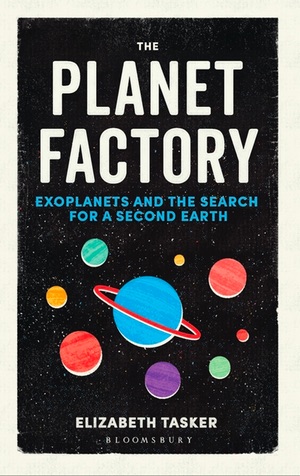Review: The Planet Factoryby Jeff Foust
|
| The discovery of thousands of exoplanets has made it all the more difficult to come to a comprehensive understanding of planet formation. |
The focus of the book is on how planets, in our solar system and others, come into being. That starts with the “factory floor” of protoplanetary disks from which planets form, and from there examines the mechanisms by which both gas giant and terrestrial planets take shape, at least in our solar system.
Modeling the formation of our solar system has been challenging enough, with still open questions to this day about how and where the planets formed. The discovery of thousands of exoplanets has made it all the more difficult to come to a comprehensive understanding of planet formation. Those other solar systems feature “hot Jupiters” that orbit close to their parent stars, as well as “super Earth” and “mini Neptune” planets in sizes not seen in our solar system. There are also issues dealing with planets in binary star systems, as well as trying to understand how planets can exist around pulsars.
Much of the study of exoplanets is driven by the search for potentially habitable worlds, the “second Earth” of the book’s subtitle. Tasker dislikes the use of the term “habitable zone” for planets who orbit at a distance from the star where temperatures could support liquid water; after all, just because a planet is in that zone doesn’t mean it will be habitable. (She instead uses the phrase “temperate zone” as arguably a more accurate description of that region.) A number of potentially promising planets have been found, but so far with no hard evidence that any are habitable to terrestrial life. Tasker also notes that even if planets in the temperate zone are themselves not habitable, they could host habitable exomoons.
In the book’s final chapter, Tasker recalls being asked by Swiss astronomer Michel Mayor, who kicked off the current era of exoplanet research by co-discovering 51 Pegasi b in 1995, when she thought we would find life on another planet. She doesn’t give her answer, but recalls that Mayor said he thought it would take about 25 years to do so. That search, though, is full of uncertainties at least as large as those regarding how planets form, as Tasker makes clear. So don’t toss the book just because you disagree with that prediction.
